Perceptual Organization and Interpretation 2.1b Ap Psych Cognition
1/35
There's no tags or description
Looks like no tags are added yet.
Name | Mastery | Learn | Test | Matching | Spaced |
|---|
No study sessions yet.
36 Terms
Gestalt
an organized whole. Gestalt psychologist emphasized our tendency to integrate pieces into meaningful wholes. Ex: Necker Cube
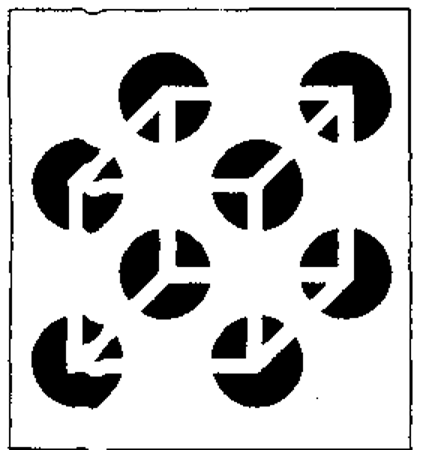
What do gestalt psychologist and the Necker cube affirm about or brain’s cognition and perception?
Our brain does more than register info about the world. Perception is not a picture printing itself on the brain. We filter information and construct perceptions. Mind matters.
Figure-ground
the organization of the visual field into objects (the figures) that stand our from their surrounding (the ground)
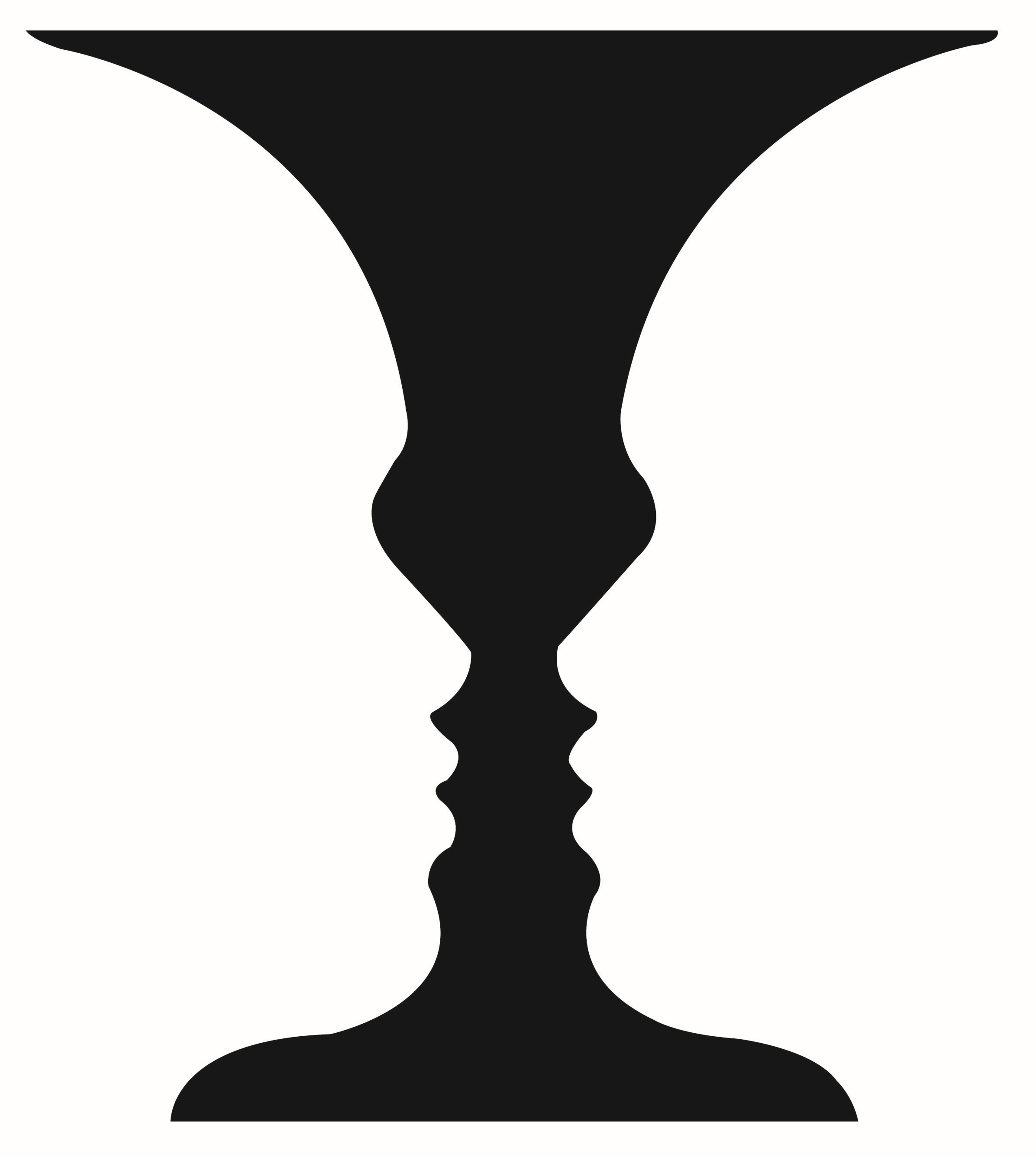
Grouping
the perpetual tendency to organize stimuli into coherent groups
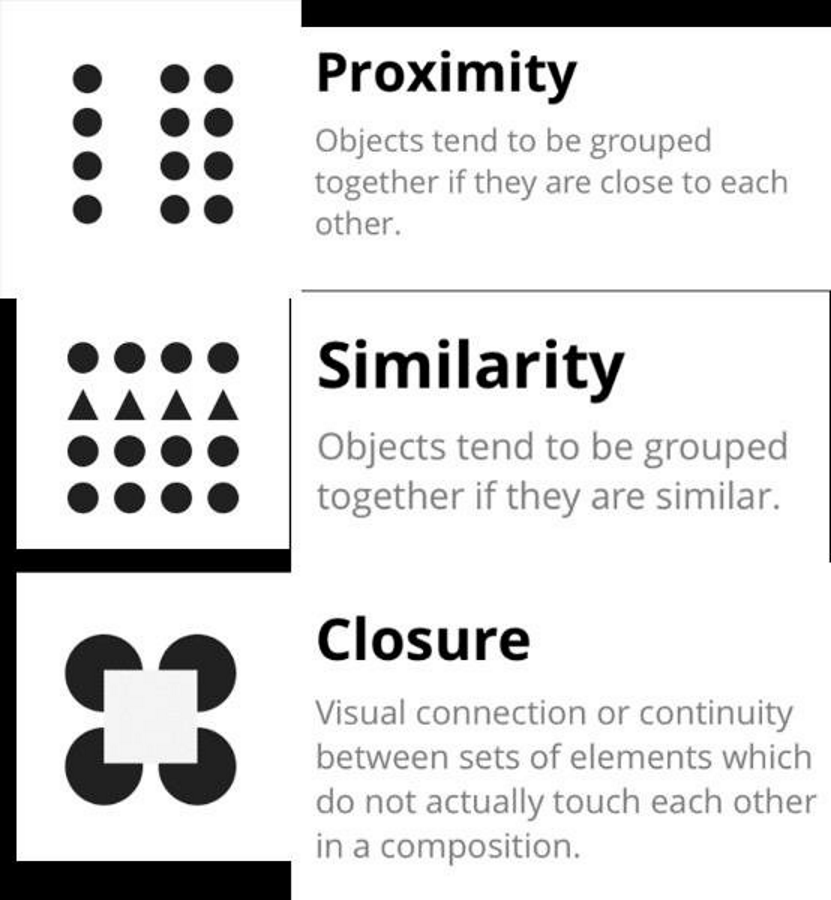
Depth Perception
The ability to see objects in three dimensions although the images that strike the retina are two dimensional; allows us to judge distance
Visual Cliff
a laboratory device for testing depth perception in infants and young animals. It provides a clever operational definition of depth perception. Operational definitions represent the exact procedures (or operations) used in research study, and they allow for replication. In this case, the variable, depth perception is operationalized by whether or not infants will crawl across the visual cliff
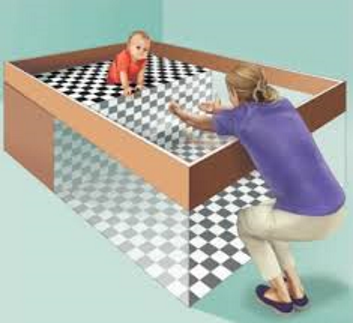
Binocular cue
a depth cue, such as retinal disparity, that depends on the use of two eyes
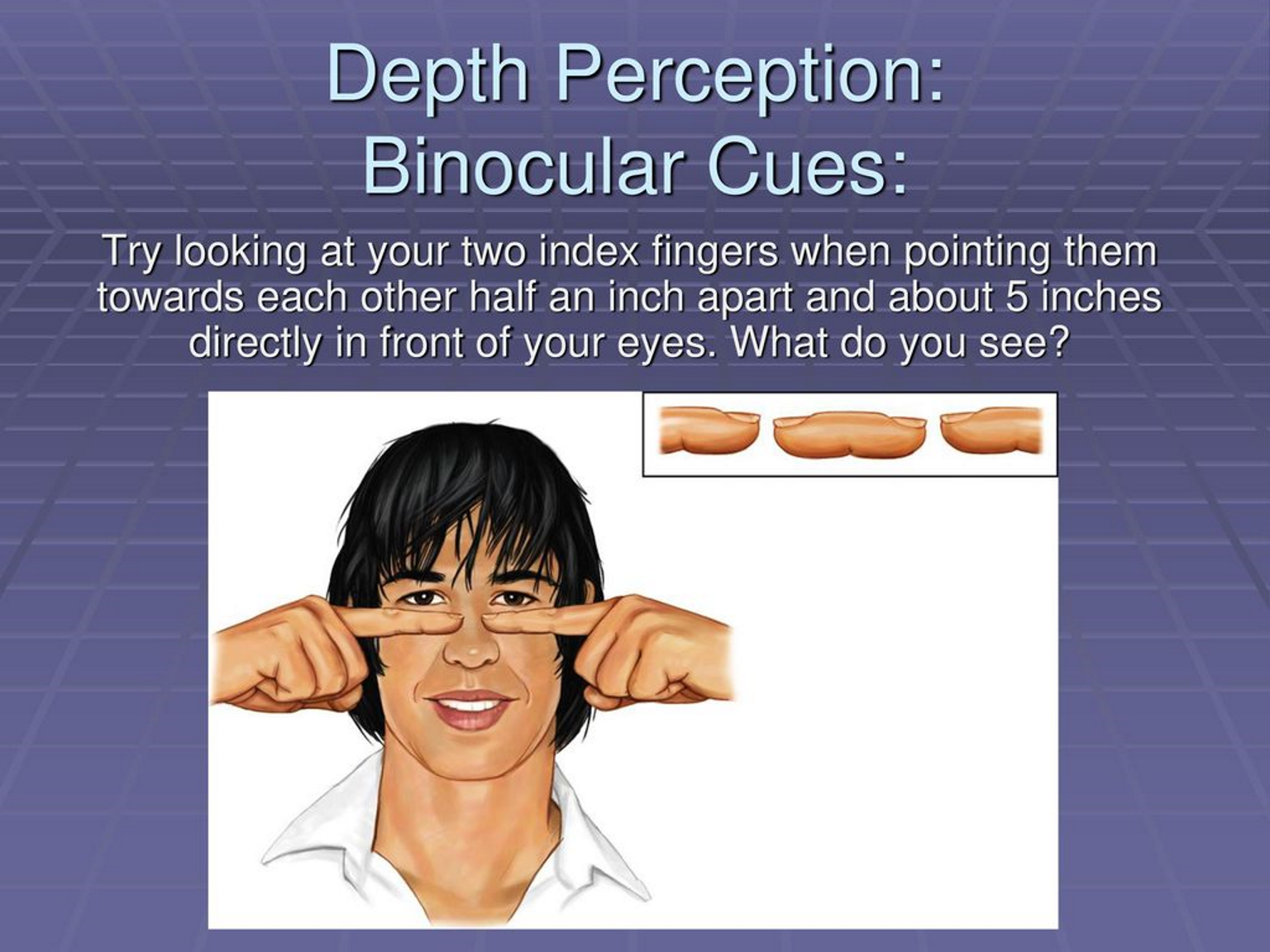
Convergence
a cue to nearby object’s distance, enabled by the brain combining retinal images
Retinal Disparity
a binocular cue for perceiving depth. By comparing retinal images from the two eyes, the brain computes distance- the greater the disparity (difference) between the two images, the closer the object.
Monocular Cue
A cue, such as interposition or liner perspective, available to either eye alone.
Relative Clarity
Because more light passes through objects that are farther away, we perceive these objects as hazy, blurry, or unclear, Nearby objects, by contrast, appear sharp and clear
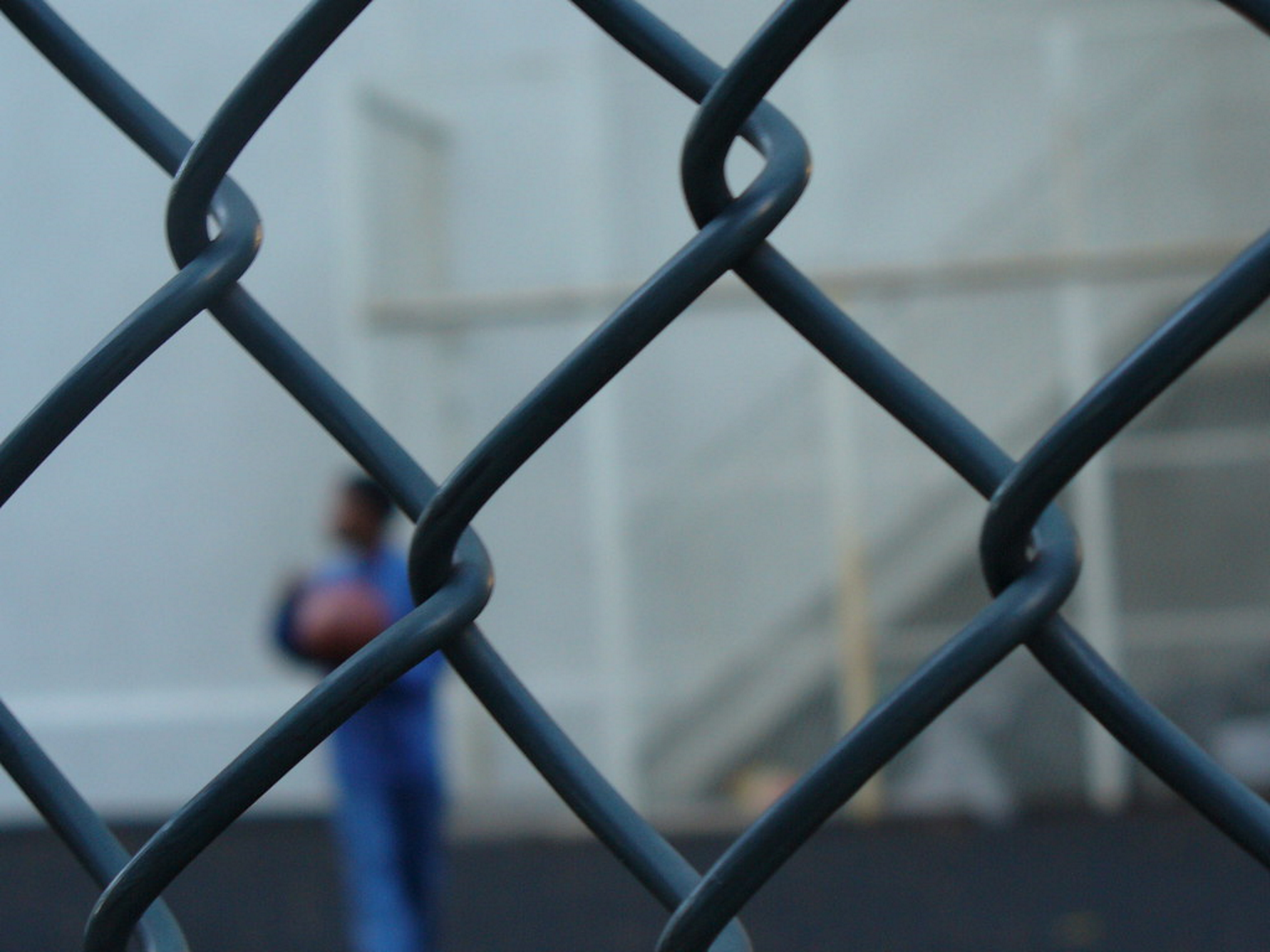
Linear Perspective
parallel lines appear to meet in the distance. The sharper the angle of convergence. the greater the perceived distance
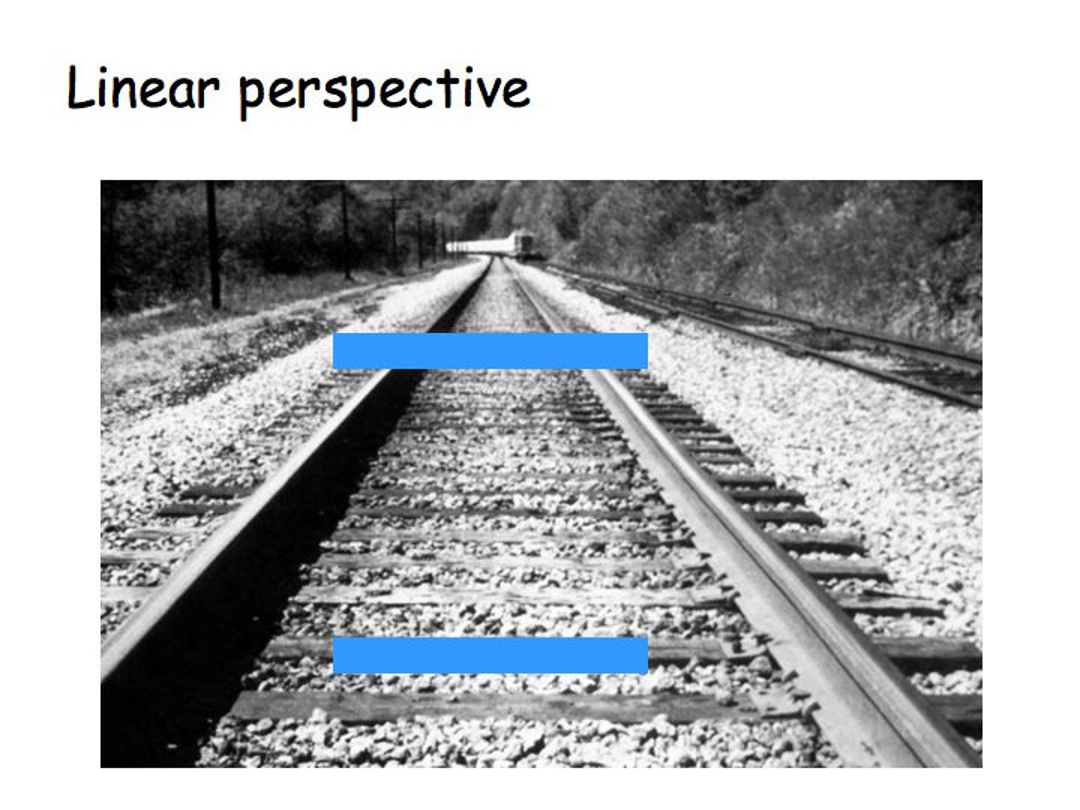
Relative Size
If we assume two objects are similar in size, most people perceive the on that casts the similar retinal image as farther away
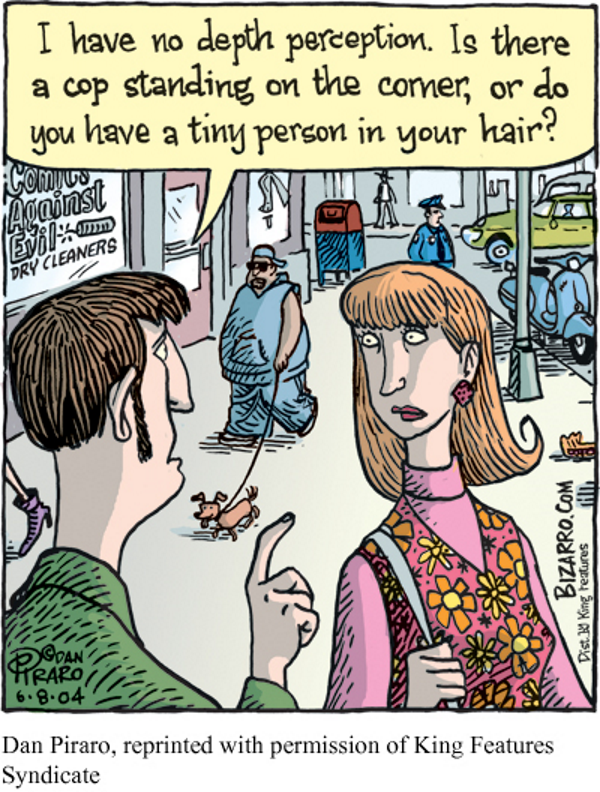
Texture Gradient
Moving toward or away from an object changes our perception of its smoothness and texture. When a wall up close will reveal greater texture and detail. The same can be seen in the close-up and distance view of these flowers

Interposition
If one object partially blocks our view another, we perceive it as closer

What similarity do these preceding terms contain regarding a cognitive function?
They are regarding our depth perception
Phi Phenomenon
an illusion of movement created when two or more adjacent lights blin on and off in quick succession
Stroboscopic Movement
An illusion of continuous movement (as in a motion picture) experienced when viewing a rapid series of slightly varying still images.
Autokinetic Effect
the illusory movement of a still spot of light in a dark room
What have these three terms of perception have in common?
The three are regarding an illusion of motion (perception of motion)
Perceptual Constancy
perceiving objects as unchanging (having consistent color, brightness, shape, and size) even as illumination and retinal images change
Color Constancy
perceiving familiar objects as having consistent color, even if changing illumination alters the wavelengths reflected by the object
Brightness Constancy
Depends on context. We perceive an object as having a constant brightness even as its illumination varies. The perception of constancy depends on relative luminance
Relative Luminance
The amount of light an object reflects relative to its surroundings
What concept of Perceptual Constancy are these terms examples of?
Brightness and Color Constancy
Shape Constancy
we perceive the form of familiar objects as constant even while our retinas receive changing images of them. Our brain manages this feat because visual cortex neurons rapidly learn to associate different views of an object.

Size Constancy
We perceive an object as having unchanging size, even while our distance from it varies
The Moon illusion
is the name for this trick our brains play on us. Photographs prove that the moon is the same width near the horizon as when it’s high in the sky, but that’s not what we perceive with our eyes. Thus it’s an illusion rooted in the way our brains process visual information. (courtesy of NASA)
What are these terms examples of regarding Perceptual Constancy?
Shape and Size Constancy
Restored Vision and Sensory Restriction
For normal sensory and perceptual development, there is a critical period - an optimal period when exposure to certain stimuli or experiences is required
Perceptual Adaptation
The ability to adjust to change sensory input, including an artificially displaced or even inverted vision field.
What concept of perception do these terms connect to?
Perceptional Interpretation
How do we perceive the world around us?
In some ways, we may not perceive things as they are, but rather as we are
What factors affect how we perceive the world?
Internal factors like our attention, expectations, motivations, and emotions interact with sensory information and context
Do we learn to perceive the world?
In a way or part we do, as we constantly adjust to changed sensory input.
What impacts what nature has provided for us?
Research on critical periods teaches us that early nurture and nurture impacts our lives and what nature has provided